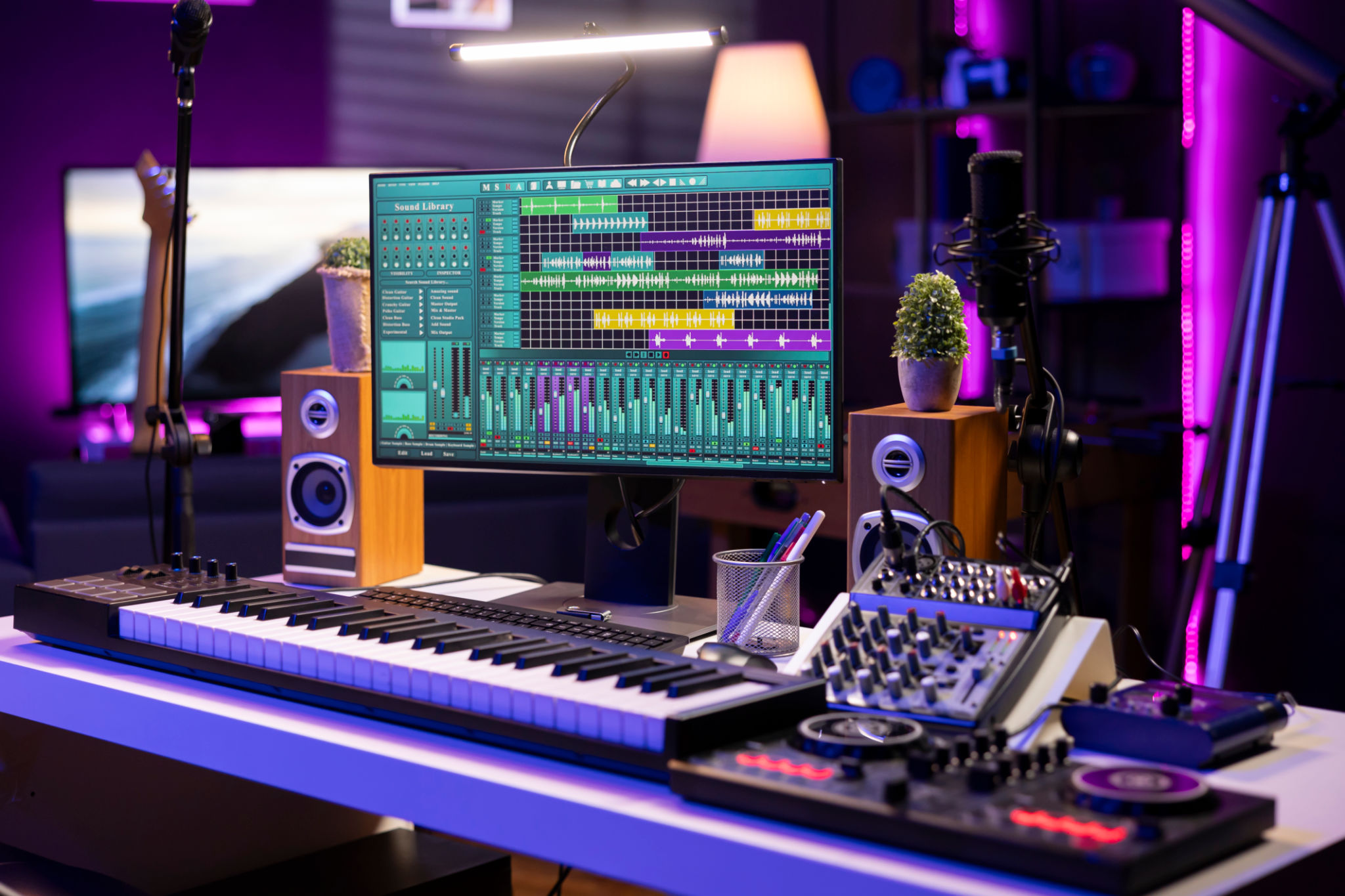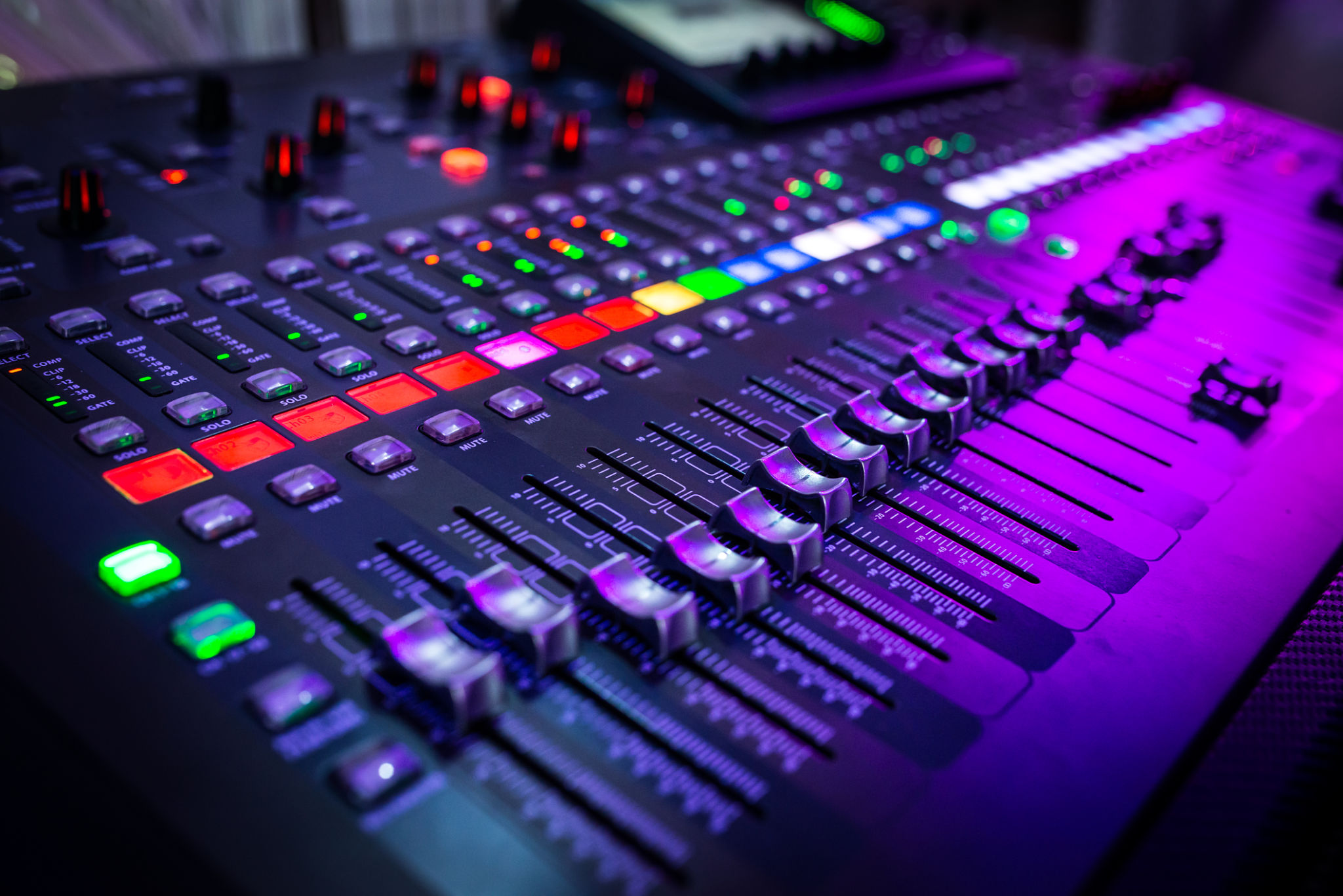Understanding the Basics of Electronic Music Production: A Beginner’s Guide
Introduction to Electronic Music Production
Electronic music production has become an accessible and exciting hobby for many people around the world. With advancements in technology, creating music from your home studio is easier than ever before. This guide will introduce you to the basics of electronic music production, helping you embark on your musical journey.
Whether you're interested in producing house, techno, or ambient music, understanding the fundamental components of electronic music production is crucial. From software to hardware, this beginner's guide will cover everything you need to get started.

Essential Equipment for Beginners
To start producing electronic music, you'll need some essential equipment. While it's possible to create music using just a laptop, having the right tools can enhance your production quality and workflow.
Digital Audio Workstation (DAW)
The cornerstone of any electronic music production setup is the Digital Audio Workstation (DAW). A DAW is software that allows you to record, edit, and produce audio files. Popular DAWs include Ableton Live, FL Studio, and Logic Pro X. When choosing a DAW, consider ease of use, features, and compatibility with your operating system.
MIDI Controller
A MIDI controller is another important tool for electronic music producers. It allows you to play and control virtual instruments within your DAW. MIDI controllers come in various forms, from keyboard-style controllers to drum pads. Choose one that suits your style of music and playing preference.

Understanding Sound Design
Sound design is a critical aspect of electronic music production. It involves creating and manipulating sounds using synthesizers and effects. Understanding the basics of sound design will enable you to craft unique sounds and textures in your music.
Synthesizers
Synthesizers are instruments that generate sound electronically. They can emulate traditional instruments or produce completely new sounds. Familiarize yourself with different types of synthesizers, such as subtractive, FM, and wavetable synthesizers, to broaden your sound palette.
Effects
Effects like reverb, delay, and distortion can alter and enhance sounds in your productions. Experimenting with different effects can add depth and character to your tracks. Most DAWs come with built-in effects, but there are also numerous third-party plugins available.

Learning the Art of Mixing
Mixing is the process of balancing and blending individual tracks to create a cohesive final product. It's an essential skill for any electronic music producer, as it impacts how your music sounds across different playback systems.
Volume and Panning
Adjusting the volume levels of each track ensures that no single element overpowers the mix. Panning distributes sounds across the stereo field, providing a sense of space and width. Mastering these basics will significantly improve your mixes.
EQ and Compression
Equalization (EQ) and compression are fundamental tools in mixing. EQ allows you to shape the frequency content of sounds, while compression controls the dynamic range. Learning how to use these tools effectively will help you achieve a polished mix.

Conclusion: Practice Makes Perfect
Electronic music production is a journey that requires patience and practice. As a beginner, focus on learning the basics and experimenting with different techniques. Over time, you'll develop your own unique style and sound.
Remember that the most important aspect of music production is creativity. Don't be afraid to try new things and push the boundaries of what's possible with electronic music. With dedication and passion, you'll be well on your way to producing your own tracks.